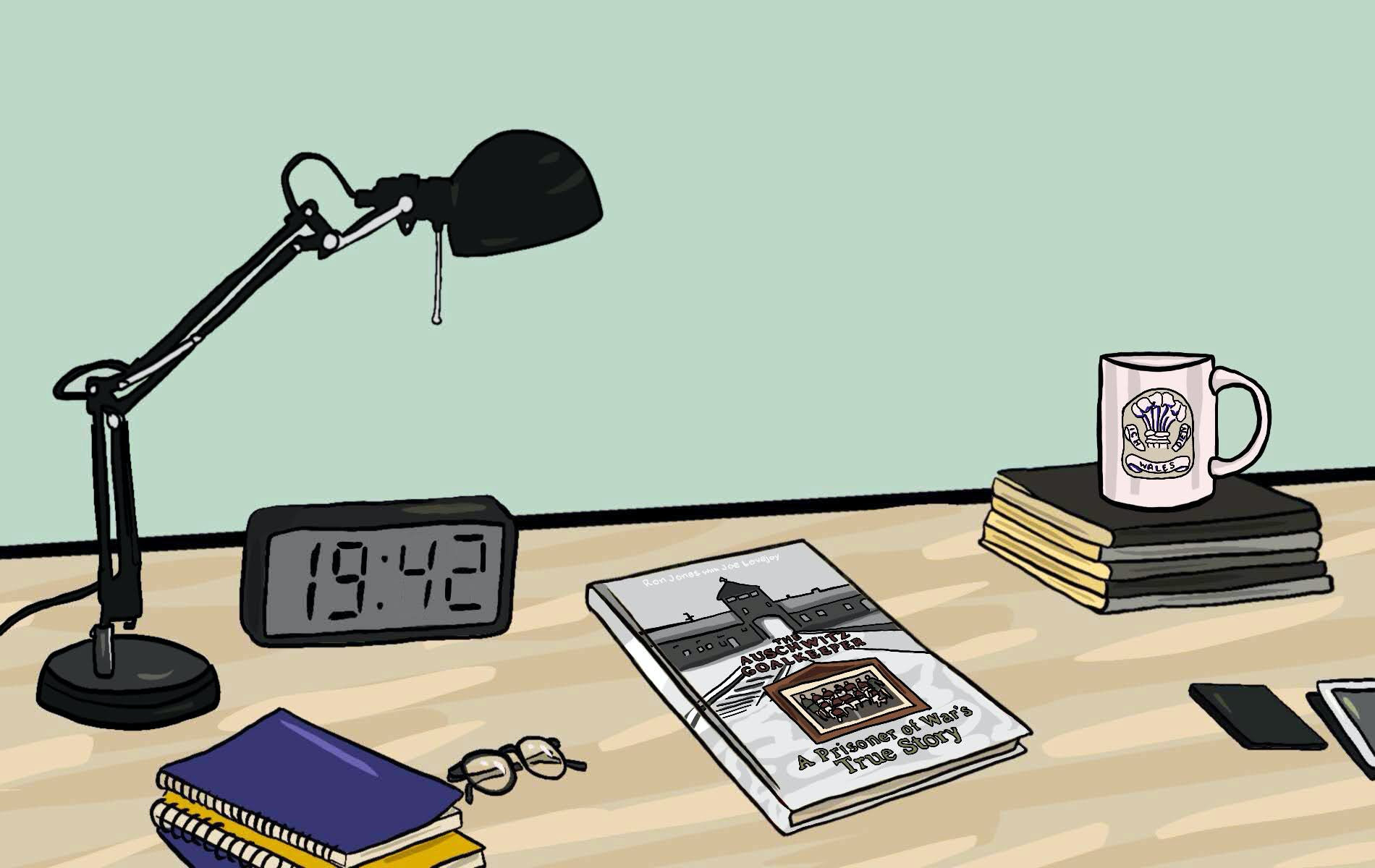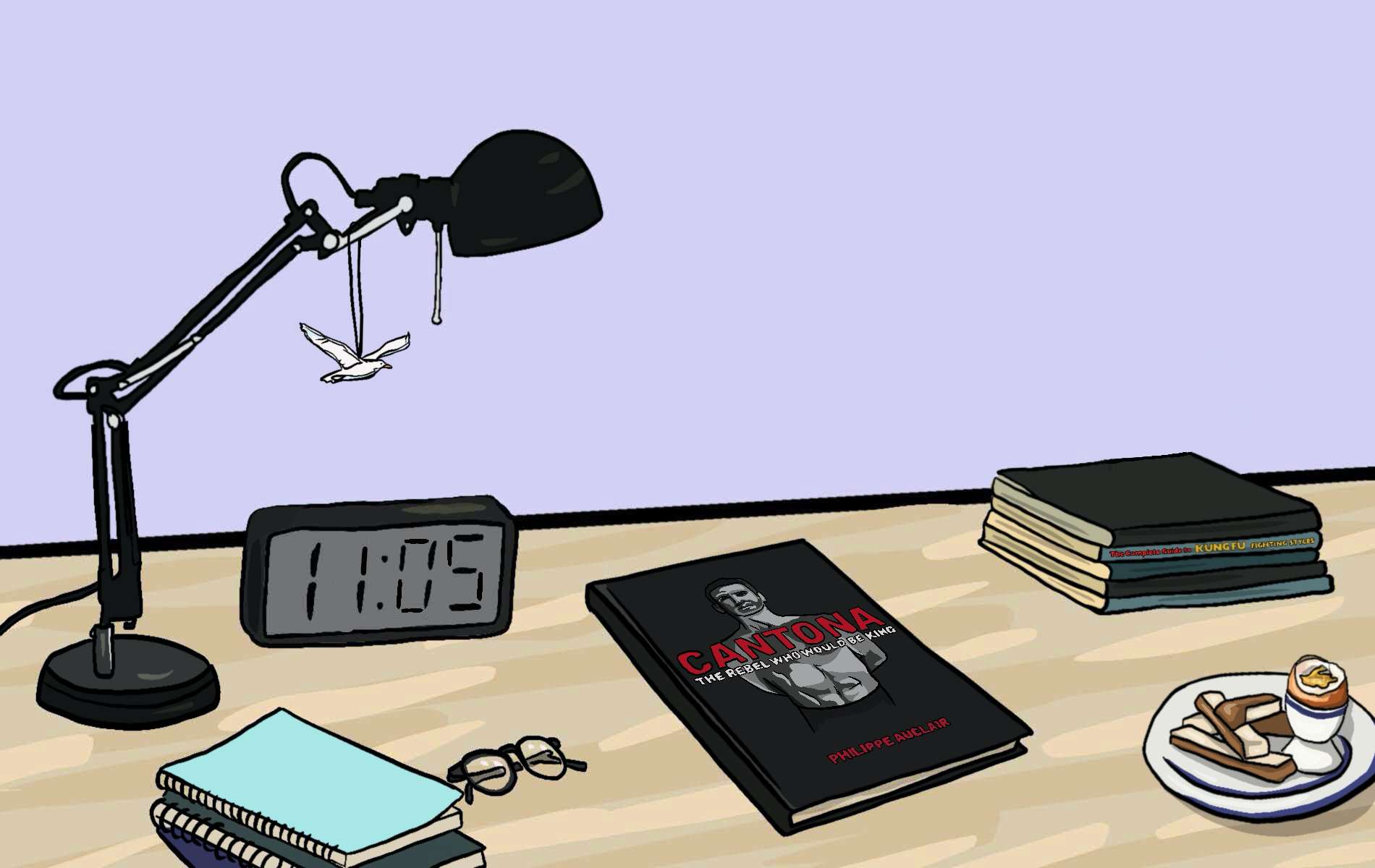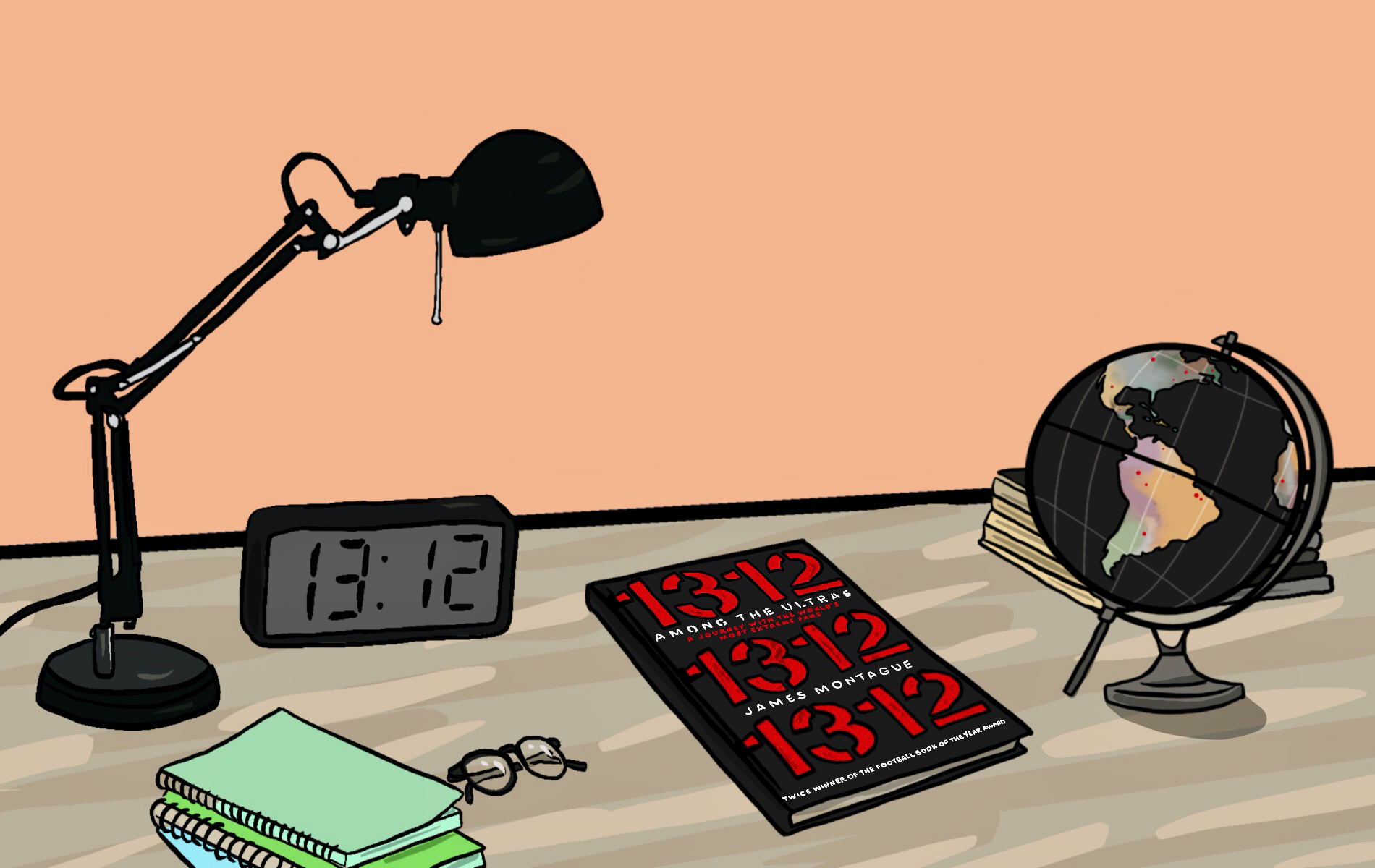The Auschwitz Goalkeeper: A Prisoner of War’s True Story (2013) by Ron Jones with Joe Lovejoy
Like many, I began to take an interest in History when I was at secondary school, particularly Modern European History and Nazism more specifically. Since then, I have managed to bag a few qualifications in the subject (although I’m still useless in a pub quiz). Yet, I’ve always been sceptical of the “based on a true story” sticker that accompanies much of the “historical” texts on the tables of Waterstones. I find that “based on” is perhaps better translated as “loosely connected” or “bears a slight resemblance to” rather than suggesting that what we are reading is something wholly authentic, something real. I usually turn my nose up at texts like The [INSERT OCCUPATION/PASS TIME] of Auschwitz for these books are often geared towards commercial success rather than revealing something meaningful about the Holocaust. Nevertheless, I stumbled across The Auschwitz Goalkeeper (2013) – a book that I thought was too outlandish to be true and one I just had to read. We’ve all heard about the musicians, the tattooists, the man who broke in, the man who broke out, the sisters, the child, the dressmaker etcetera, but a goalkeeper? Surely not? Auschwitz was no place for football, or so I thought.
The book is technically written by Joe Lovejoy, previously the Chief Football Writer at The Sunday Times and The Independent – in other words, a top journalist guaranteed to get his facts right. Lovejoy also penned Bestie: A Portrait of a Legend (1998) and was the ghost-writer for Ryan Giggs’ autobiography in 2005. So, I had high hopes for this one! The story, however, belongs to Ron Jones – British war veteran and Holocaust survivor.
If they could muster the strength, the privileged prisoners of E715 would attempt to play football.
Stationed in North Africa as part of an almighty administrative cock-up, Ron Jones was captured as a British Prisoner of War (POW) in 1942. From Libya, Jones passed through several Italian internment facilities before ending up in the E715 subcamp as part of one of the forty satellite camps belonging to the infamous Auschwitz complex. Jones spent the majority of the war years working as slave labourer in the IG Farben chemical plant, also known as Buna, Monowitz or simply Auschwitz III. In 1944, this factory employed 29,000 workers, 600 of which were British POWs as well as 7000 emaciated Jewish inmates from the main Auschwitz camps – or ‘stripeys’ as Ron remembers them. Jones states in his introduction that, at the remarkable age of ninety-six, he is finally retelling his story in a bid to dispel some common myths. He is disappointed by the number of stories that seem to glamorise events instead of accurately depicting what he experienced. It is for this reason that Lovejoy sought to immortalise Ron’s words with this book.
Despite having no actual affiliation with the club, I first came across Ron’s name painted on the side of Stamford Bridge. In January, to mark this year’s Holocaust Memorial Day, Chelsea FC commissioned a popular street artist, Solomon Souza, to produce a mural to be displayed at the entrance of the stadium. The twelve-metre painting depicted three players – Árpád Weisz, Julius Hirsch, and Ron Jones – each of whom were persecuted during the Holocaust. Tragically, Weisz and Hirsch were both killed at Auschwitz, but their stories are worth following up. The artwork was included as part of the club’s ‘Say No to Anti-Semitism’ campaign endorsed by their Jewish owner, Roman Abramovich. In response to some recent abhorrent behaviour during home fixtures, the club also issued stadium bans for particular supporters and organised trips to Auschwitz as part of its education against discrimination programme. Reading some books on the subject might be a good idea too.
It is clear from the off that Ron was a dedicated supporter. ‘As a lad, my big interest was football. My father had been a goalkeeper and I played for the local team in goal. I was also a fanatical fan, I’ve watched Newport County for 87 years’. Disappointingly, and despite the titular connotations, football is only dealt with extensively in one chapter of this book but what Ron has to say is compelling.
The factory work was gruelling. Inmates were made to operate for long hours on little-to-no food and weren’t exactly granted a restful sleep at the end of it (however, the POWs were loosely protected under the Geneva Convention of 1929 and thus received far better treatment than the other prisoners). Jones explains that Sunday was thankfully a workless day, a temporary reprieve. As the worsening war demanded resources, the Nazis sought to preserve their labour-force by allowing rare moments of free time (how kind). So, if they could muster the strength, the privileged prisoners of E715 would attempt to play football.
Jones notes that ‘most of the matches were played in the summer of 1944’ for the cold was unbearable during the Polish winter. Ron recalls an obvious lack of materials, they would play with a rag ball and little in the way of a pitch, posts and boots. Cigarettes were used as barter between prisoners and guards alike in order to possess better equipment. Upon one of the rare inspections from the International Red Cross, Jones and his fellow POWs were told to put on a bit of a show – dividing themselves into teams representing the British Isles. Jones became the goalkeeper for the Welsh. The Red Cross wrote in their report that the inmates could play ‘whenever’ but, of course, they were duped by what Jones classifies as the ‘illusion’ of fair treatment. Later, the Red Cross took photos of the teams, documented throughout the book, placing Jones in the centre. Pinned to the chest of his knitted jersey sits a hand-sewn Prince of Wales crest. Fashioned from an old pair of socks, this charming artefact is the catalyst for much of Ron’s memories. It bears the inscription Ich Dien Wales (I Serve Wales) which was not an example of ironic German wordplay like I had hoped but is instead a part of the original feathered emblem.
Did you know that this feathered heraldic badge was actually pilfered by the Black Prince – the Eldest son of Richard III – after defeating John of Bohemia in the battle of Crécy in 1346? Although, this was not all that commendable considering King John was actually blind (valuable quiz material, maybe?). I digress, but with good reason. I am proving a point.
Ron Jones led an extraordinary life and playing football in Auschwitz was not his only unfathomable experience detailed within this book. Unfortunately, Lovejoy gets roped into writing more of an abridged microhistory of Auschwitz, IG Farben, and the Holocaust more broadly rather than sticking to the ‘True Story of a British Prisoner of War’. Some chapters rarely even mention Jones until the last paragraph when a token quotation is thrown in about larger, more complex issues like the plans to bomb Auschwitz, the war trials, or post-war compensation to name a few.
Lovejoy’s deviation is understandable. It is easy to get side-tracked when researching such a convoluted period of history – one that is so often misunderstood and misinformed. That said, here we find another book about Auschwitz with a disingenuous title.
The final chapter is an interesting one. Ron finally confronts other authors, and fellow Holocaust survivors, whom he believes to have embellished their stories. It is important that we begin to dispel the myths about the Holocaust as we move further away from the event itself. Football in the concentration camps is a fascinating lacuna in the history of sport and holocaust historiography that deserves greater attention. Many academics and journalists have shied away from these discussions for fear that it trivialises the horrors that occurred throughout the Nazi camp system. Yet, remarkably, football was very much a part of the reality for many of the victims incarcerated during the Holocaust. For that reason, Ron’s story certainly needed telling and Lovejoy is brave for embarking on this project.
In 2019, Ron Jones passed away at the age of 102. Rest in Peace.
For further reading on football in the Nazi concentration camps and ghettos, I recommend Soccer Under the Swastika (2018) by Kevin Simpson.



